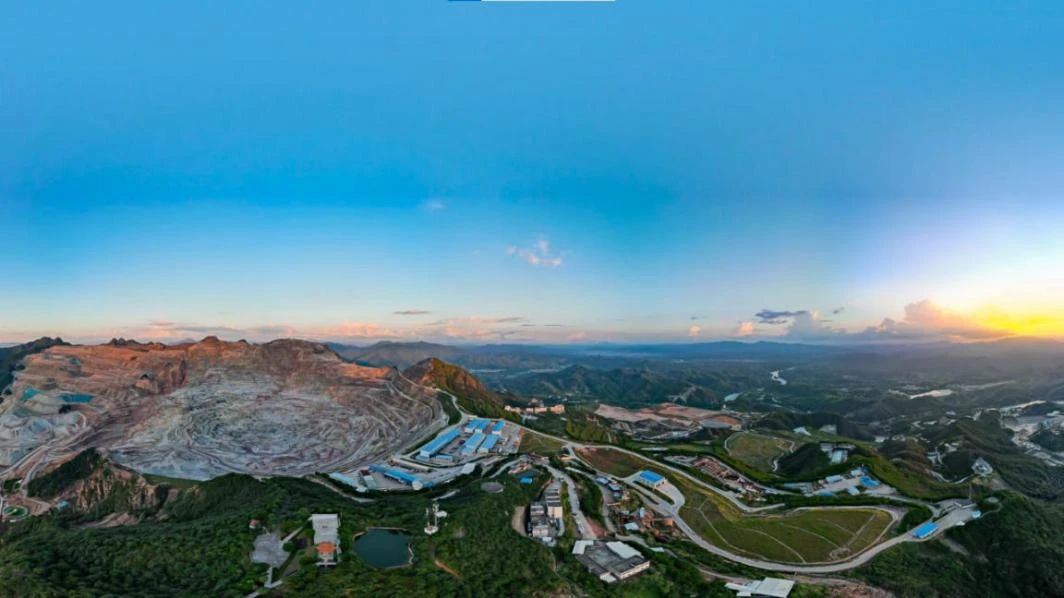
Jul 23, 2022
On Tuesday, Vale SA, the world's second-largest iron ore supplier, cut its annual production guidance, a move that could provide a boost to iron ore prices that have been depressed in recent months.
Vale now expects to produce 310-320 million tonnes of iron ore in 2022, compared with its previous guidance of 320-335 million tonnes. Vale attributed the guidance cut to the impact of the sale of its Midwestern System iron ore assets and said it was seeking greater production flexibility "in light of current market conditions."
Vale said it delivered 74.11m tonnes of iron ore in the second quarter, compared with an average market forecast of 76.9m tonnes. The company also revised its previously announced production figures to 63.1 million tonnes from 63.9 million tonnes in the second quarter. Vale's total iron ore production in the first half of 2022 was 137 million tons, down 3.7% year-on-year.

Iron ore has been falling since March on concerns about global growth and is down about a third from its peak for the year.
Earlier this month, Goldman Sachs cut its price target for iron ore in the second half of the year, estimating a surplus of 35m tonnes. Goldman cut its price target for high-grade iron ore in the second half of the year by about 15 per cent to $100 a tonne, from a three-month forecast of $90 a tonne.
In recent months, there has been a sharp pullback in commodity prices and a series of warnings from mining giants as the Federal Reserve has aggressively raised interest rates, fears of a recession in developed economies have grown.

Mike Henry, chief executive of mining giant BHP Billiton, said on Tuesday that volatility in broader commodity markets would continue. The company expects the lagged effects of inflationary pressures to continue into FISCAL 2023, as well as tight labor markets and supply chain constraints. With Europe's energy crisis, Russia's conflict with Ukraine and central bank policy tightening, global economic growth will slow overall in 2023.
Rio said last week that despite a modest rise in iron ore production, Labour shortages, lacklustre demand, falling commodity prices and a possible recession had hurt its results. Rio Tinto cut its full-year production forecast for some of its ore products, warning that rising recession fears had undermined commodity prices.
Previous:Jinhengwang Lithium Plans To Acquire The Salt Lake Lithium Project in Argentina For 182 Million Yuan